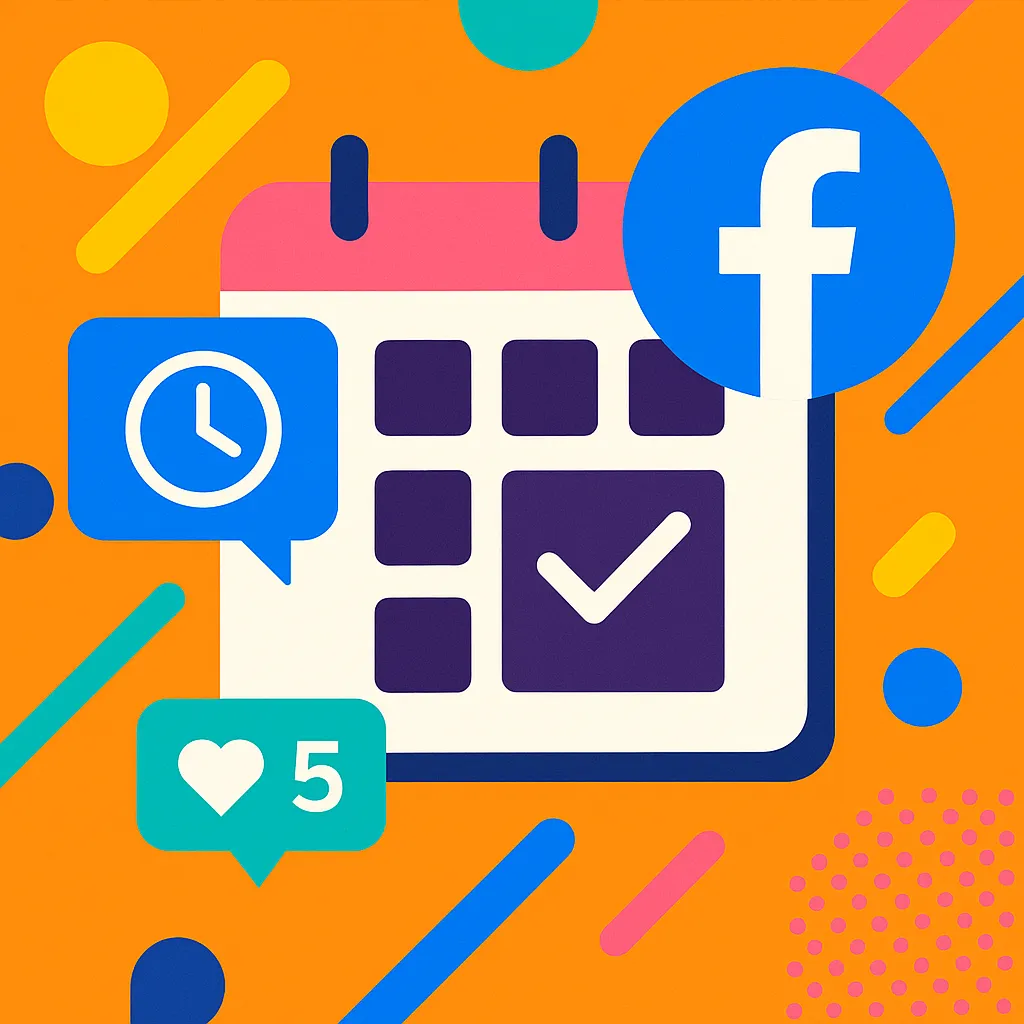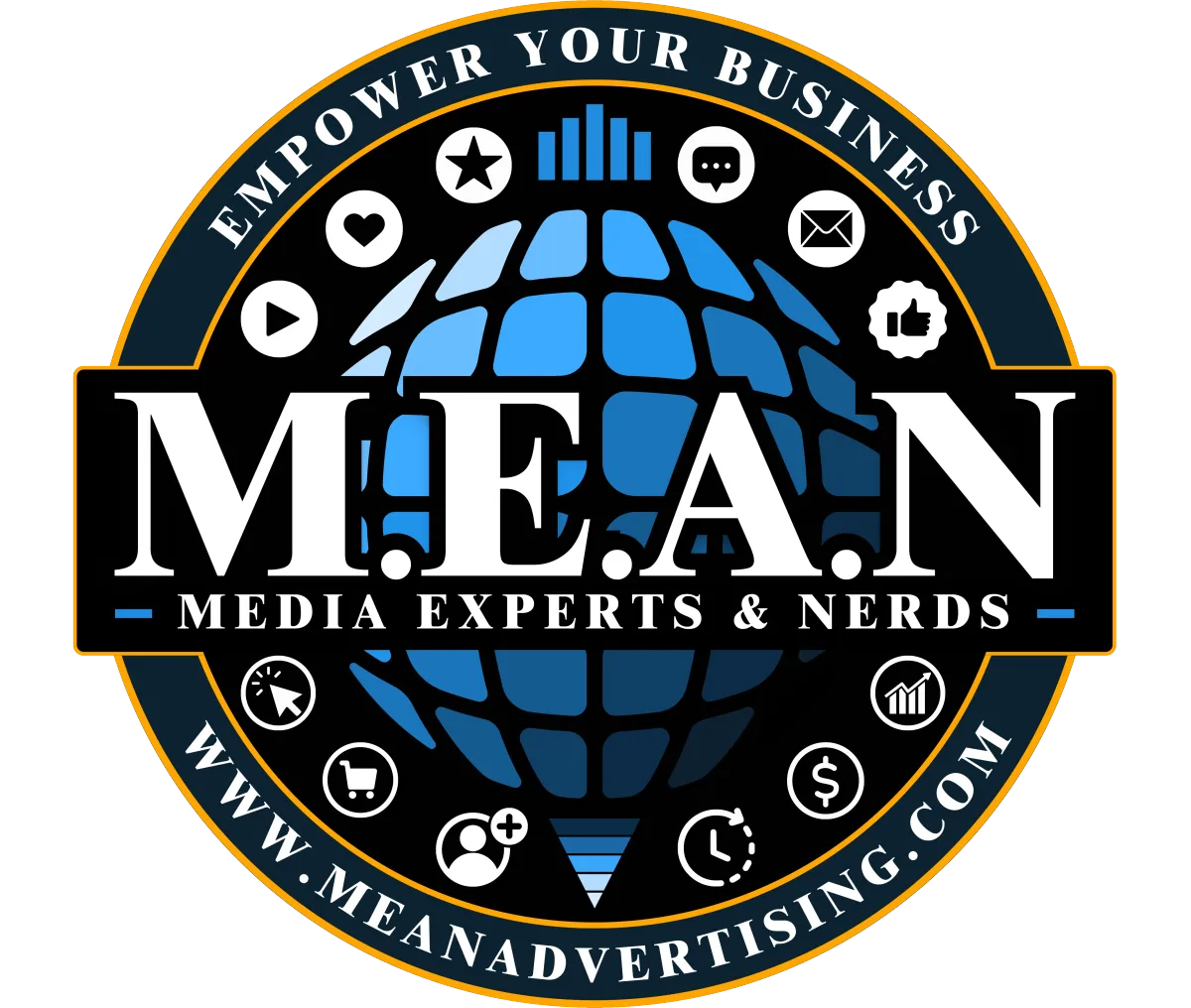
The MEAN System Is More Than Advertising: How Unified Operations Drive Lasting Growth
The MEAN System Is More Than Advertising: How Unified Operations Drive Lasting Growth
Advertising is the spark; what happens after the click is the fire. The MEAN System unifies the entire customer lifecycle—so you can scale outcomes, not just ad spend.
From funnel to flywheel: turning attention into long-term growth.
If you only think of the MEAN System as an advertising tool, you’re leaving growth on the table. MEAN is built to manage the entire customer lifecycle—from first touch to repeat purchase—so your business compounds results long after a campaign ends.
1) Unify the journey: from strangers to champions
Most businesses run on disconnected tools—one for ads, one for email, one for CRM, another for forms and booking. Fragmentation creates leaks. MEAN centralizes:
Top-of-funnel capture: forms, landing pages, calendar booking, chat
Mid-funnel nurturing: email/SMS automation, pipelines, tasks, playbooks
Bottom-funnel conversion: quotes, proposals, e-sign, payments
Post-purchase growth: onboarding, support, reviews, upsell/renewal campaigns
When your data, messaging, and timing live together, your funnel behaves like a system—not a collection of parts.
2) Automations that save time and increase consistency
Follow up instantly: trigger SMS or email within seconds of a form fill or missed call
Route intelligently: assign leads by territory, product, or availability
Nurture by intent: tailor sequences based on pages visited, replies, or pipeline stage
Close loops: auto-create tasks for reps when a prospect hits key milestones
Re-engage on autopilot: win-back and renewal flows that run year-round
3) Revenue operations without the spreadsheet chaos
Actionable pipelines: drag-and-drop stages with automated next steps
Bookings and availability: fewer no-shows, more qualified meetings
Quotes, invoices, and payments: reduce friction between “yes” and revenue
Standardized handoffs: SLAs and tasking across marketing, sales, and service
4) Attribution and insight that actually change decisions
Multi-touch attribution: see which campaigns start, accelerate, and close deals
Full-funnel analytics: track conversions by channel, message, and audience
Cohort health: retention, expansion, and LTV by segment and product
Scorecards: compare rep and campaign performance to focus on what works
5) Reputation and social proof baked into your rhythm
Review workflows: ask at the right moment, personalize by segment
Listing management: keep your business details consistent and accurate
Testimonials and UGC: capture, curate, and deploy in campaigns and pages
Social posting and tracking: stay present without context switching
6) Sales enablement where conversations happen
One inbox: SMS, email, web chat, and social DMs in one place
Templates and snippets: consistent messaging that still feels personal
Integrated calling and texting: track outcomes without extra tools
Assistive AI: summarize threads, draft replies, and log notes
7) Customer success and retention as a growth strategy
Predictable onboarding: triggered checklists, education drips, kickoff scheduling
Adoption monitoring: detect disengagement and trigger outreach
Expansion targeting: cross-sell/upsell by behavior and lifecycle stage
On-time renewals: automated reminders and offers tied to contract dates
8) Integrations and data layer without duct tape
MEAN plays well with your stack. Bring in data from your site, ads, ecommerce, and support tools; push updates where needed. Fewer islands, better signal, stronger results.
A quick scenario: after the click
Day 0: A prospect clicks your ad and books a call via MEAN. They receive a confirmation SMS and a prep guide.
Day 1: The system assigns the lead to the right rep, creates a pipeline card, and queues a reminder.
Day 2: The call happens. The rep logs notes (auto-summarized), sends a proposal, and MEAN follows up.
Day 5: The prospect signs and pays. Onboarding kicks in, calendars auto-sync, and a CS task is created.
Day 21: Usage is strong. MEAN triggers a review request and a cross-sell offer based on product adoption.
Day 60: The customer renews. A referral ask goes out with a trackable link.
What this means for your strategy
Ads stay efficient: faster follow-up and better nurturing lift conversion rates
Unit economics improve: higher LTV and better CAC-to-LTV ratios
Teams get leverage: more outcomes with the same headcount
Leadership gains visibility: know where to invest next with confidence
Getting started
Map your lifecycle: acquisition, conversion, onboarding, retention, expansion
Identify leaks: slow follow-up, weak handoffs, poor visibility, low review volume
Automate one moment: pick a single high-impact trigger and build around it
Standardize the next step: define the canonical task, template, or playbook
Review weekly: iterate off metrics, not anecdotes
Ready to build a growth system—not just an ad engine? Explore what’s possible with the MEAN System at meansystem.com.

